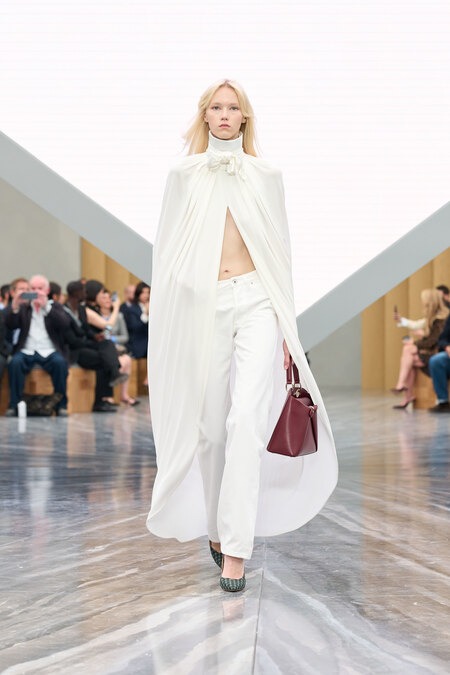Watching Dior right now feels like watching a carefully staged reboot. Jonathan Anderson, now steward of both men’s and womenswear, keeps things deceptively simple offstage. He turned up in a navy jumper, easy, unguarded, and simply let the clothes do the talking. That relaxed confidence mattered: it made the show feel like a conversation with Dior’s past, as opposed to an act of worship.
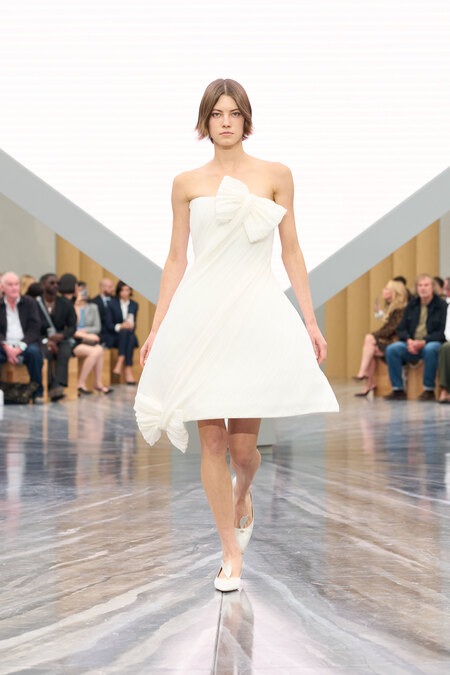
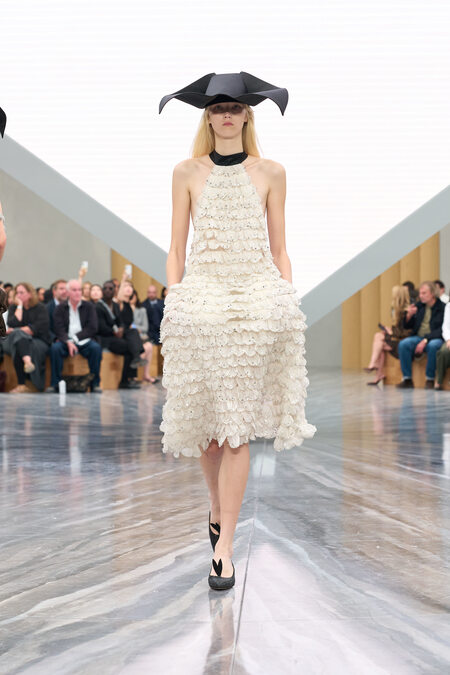
The show opened with an Adam Curtis short that zipped through Dior’s archive like a fast-cut memory reel: iconic silhouettes, fragile motifs, instant recognisables. Rather than linger, Anderson harvested those moments as materials. The Bar jacket returned, but pumped and playful; peplums got exaggerated, then trimmed. Mini-suits appeared in strict, modern lines that somehow still read like couture shorthand. The New Look’s hourglass is nodded to and then reshaped, strapless forms topped with bows, hemlines flirting with knicker-skimming lengths. It’s easy to see his acknowledgement to the past.
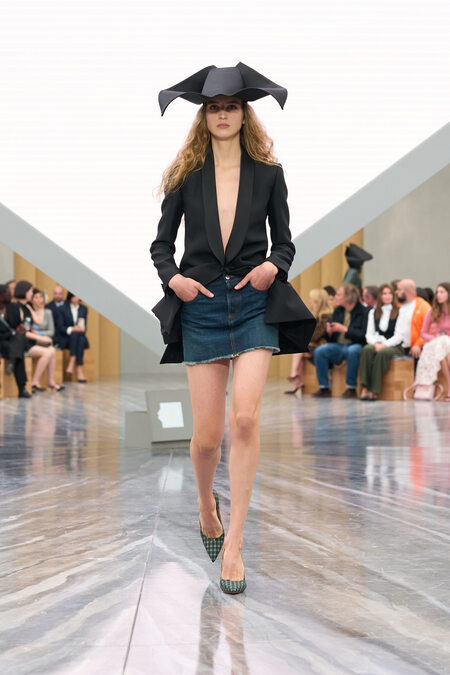
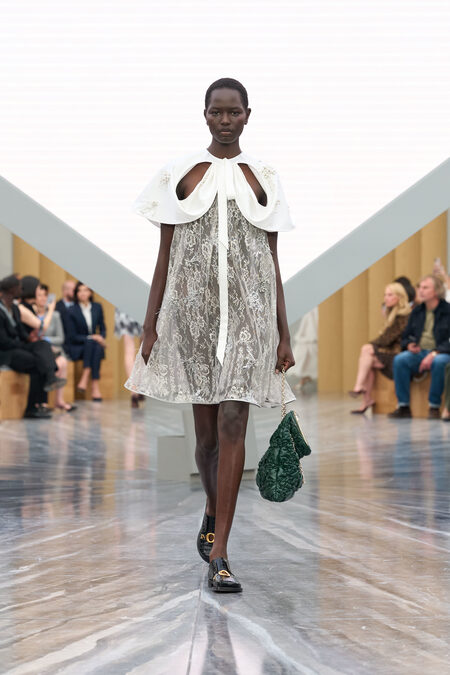
At several moments it felt like a thesis statement: Jonathan Anderson reboots Dior by treating archive motifs as materials to be remixed. Fabric and finish did a lot of the heavy lifting. Hydrangea blooms showed up as trompe-l’oeil ruffles that read botanical one second and architectural the next.
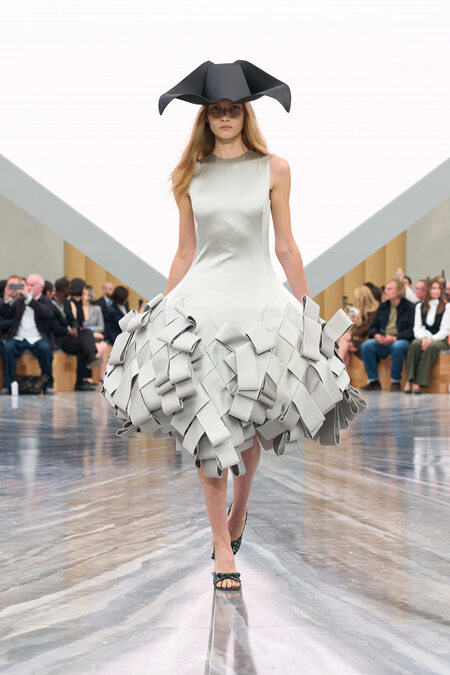
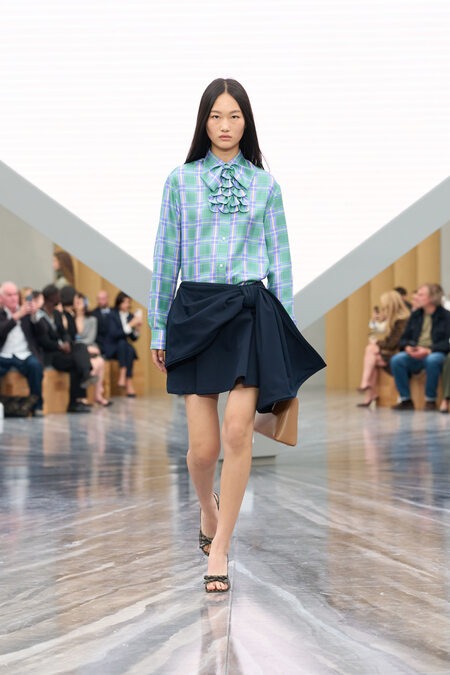
The accessories and hats played their part too. They were editorial enough to stop a magazine spread, but never so much that they ate the outfit. The show balanced camp and restraint, ornament and discipline. Anderson managed to nod to Dior’s language while giving it a contemporary inflection. If the job was to make the house feel current without flattening its idiosyncrasies, then this was a tidy, stylish success.
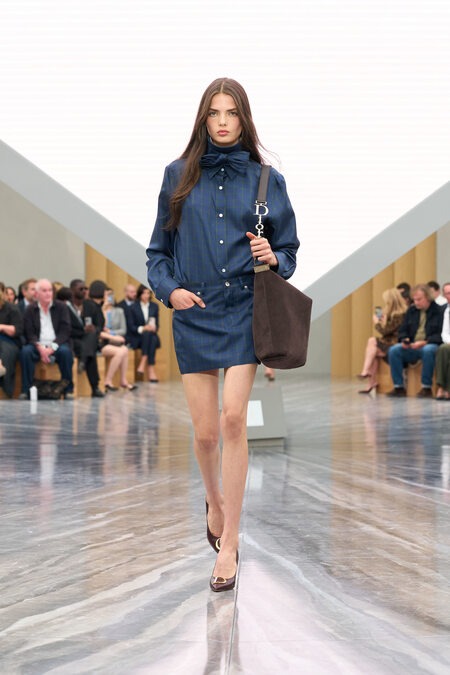
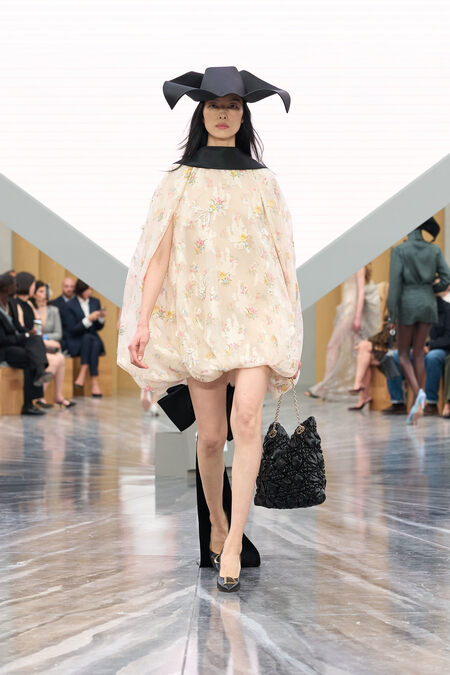
In short: smart, sly, and unexpectedly approachable. Ultimately, Jonathan Anderson reboots Dior, and we absolutely love how refreshing it feels.
